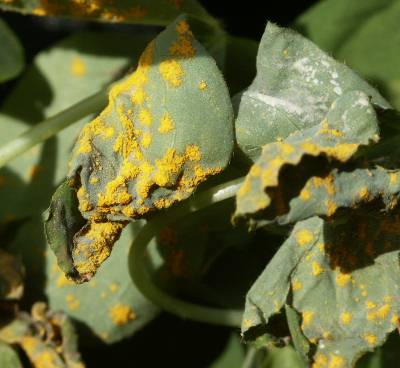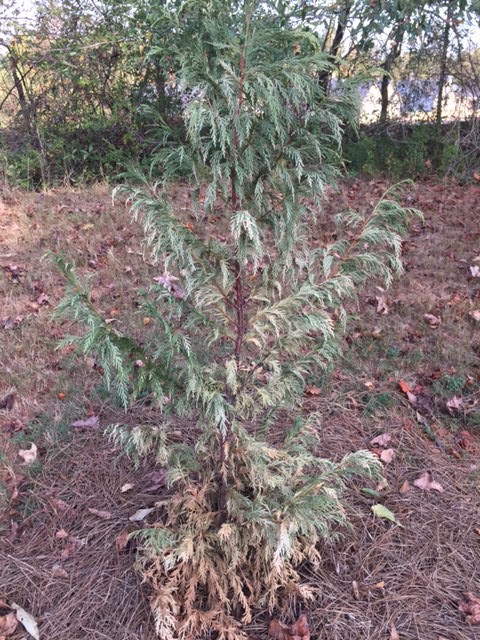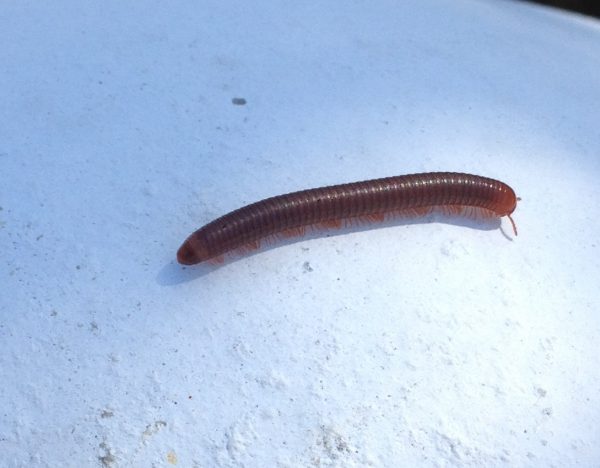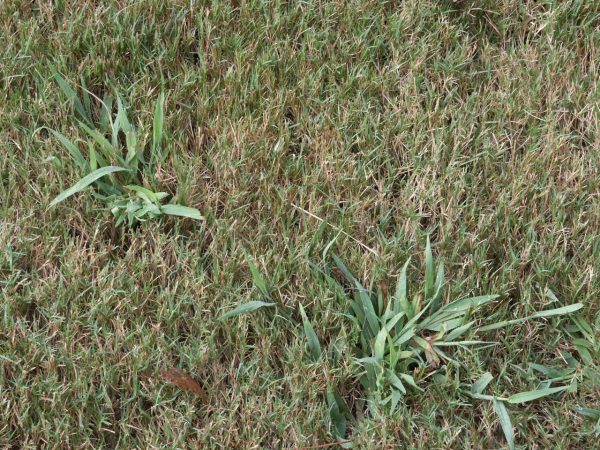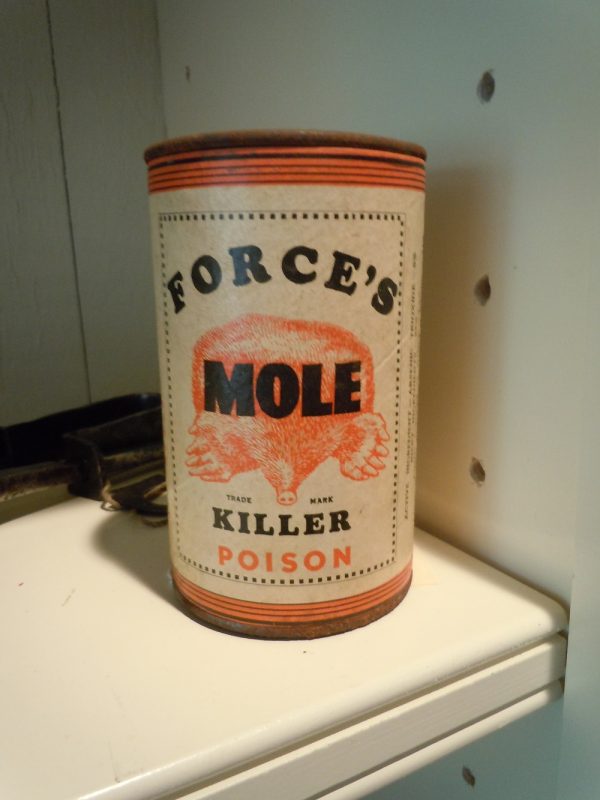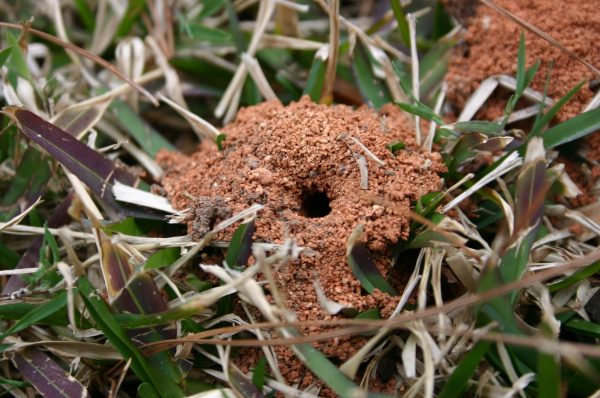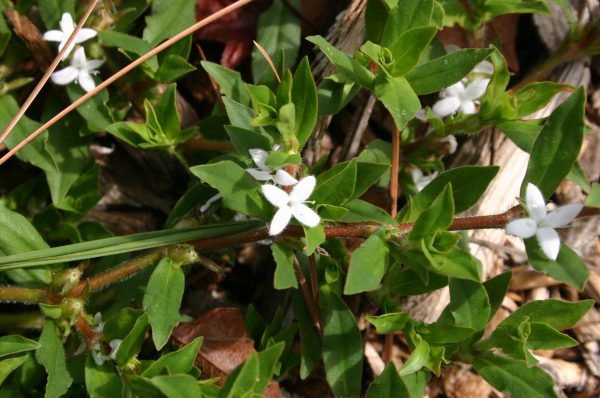Plant Hoppers (Planthoppers) – Roosting on Stems
The fuzzy white powder covering the upper stems of hosta, azalea and many other landscape plants looks just like a fungus. Powdery mildew has disfigured the leaves of crape myrtles and dogwoods for weeks, so this white powdery stuff must be another disease, right?
Try this experiment. Use a pine needle to poke the white fuzz on your plant. Surprise! Perhaps half a dozen white insects will suddenly hop off the stem in all directions. If you touch the white powder with your fingers, it will seem sticky. The white insects are juvenile planthoppers. While feeding on your plant, they excrete filaments of white wax in order to protect themselves from predators. There are several species in America: Anormenis chloris, Acanalonia spp, Metcalfa pruinosa, etc.
Planthoppers do little damage to their host plants. The female inserts her eggs into plant stems and the nymphs feed on young leaves but little injury is ever noted. On the other hand, they can transmit viruses from plant to plant if one of yours is ill.
If the appearance of planthoppers is objectionable on your plants, no insecticide is recommended. Just blast them away with a water hose and give a nearby spider or beetle a good meal.
Instead of a lemonade stand, perhaps a child in your family could be employed to put his water gun to good use rather than chasing his siblings around the yard.
nymph
adult



